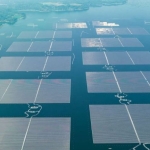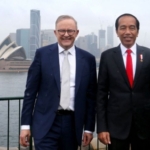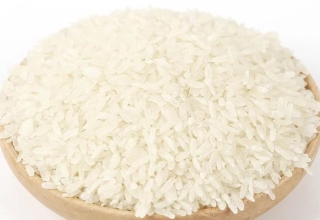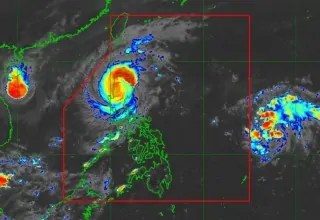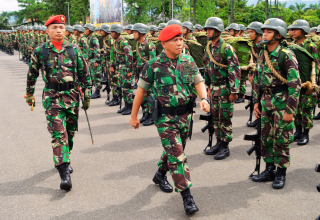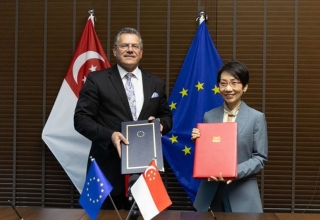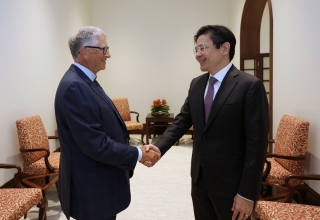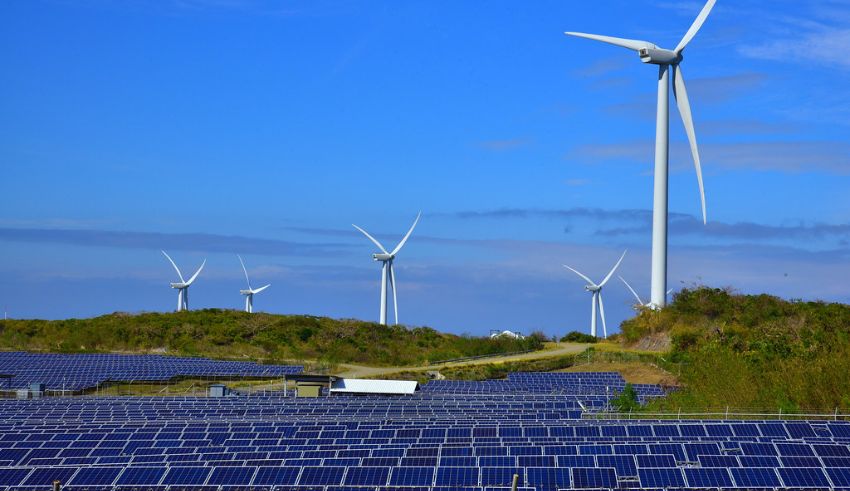
In an era of seismic shifts towards sustainable energy solutions, the landscapes of Indonesia and the Philippines are quietly transforming into hotbeds of geothermal power innovation. Against the backdrop of abundant volcanic activity, companies are seizing opportunities to harness the Earth’s natural heat reservoirs, propelling geothermal energy into the limelight. One such trailblazer, Barito Renewables Energy, has recently etched its name in history by debuting on the Indonesian stock exchange. Its market cap skyrocketed, reaching 130 trillion rupiah on the first trading day, eventually surging to a staggering 840 trillion rupiah, securing its position as the exchange’s second-most valuable entity.
Geothermal power, a beacon of reliability in the renewable energy spectrum, derives its strength from extracting Earth’s underground heat to generate electricity. Indonesia, adorned with around 150 active volcanoes along the Pacific Ring of Fire, is a geothermal powerhouse. However, despite having the second-highest global installed generating capacity, Indonesia’s geothermal contribution hovers at a modest 6% of the nation’s power supply.
Indonesia’s Geothermal Expansion
Pertamina Geothermal Energy, a sibling in the Indonesian energy narrative, embarked on its public journey earlier this year. As a subsidiary of the state-owned oil giant Pertamina, it manages six plants independently, with a cumulative capacity of 670 megawatts, poised to expand to 1,800 megawatts, including collaborative ventures, and an additional 600 megawatts by 2027.
Japanese investors have recognized Indonesia’s geothermal potential, with Sumitomo Corp. and Inpex co-owning an 80% stake in the Muara Laboh geothermal power project. The focus is on doubling capacity to 220 megawatts by 2025. Japan’s influence also extends to the Sarulla power plant in northern Sumatra, featuring key players like Kyushu Electric Power and Itochu Corp.
The Philippines, crowned as Southeast Asia’s geothermal leader, is not far behind in this green revolution. Despite ranking fifth globally in geothermal reserves, it is forging ahead with significant investments. The Lopez Group, a conglomerate, is funneling 60 billion Philippine pesos into geothermal power generation over the next three years via its subsidiary, Energy Development Corp. (EDC).
Keep Reading
Fostering Ties
EDC, commanding a renewable energy generation capacity of 1,500 megawatts, predominantly from geothermal sources, plans to drill 40 wells across strategic locations, including Leyte and Mindanao. In a country where coal-fired power still dominates, constituting 60% of electricity generation, the government’s vision involves a shift towards cleaner energy sources, banning new coal-fired power plants, and targeting 35% renewable energy by 2030 and 50% by 2040.
However, not all geothermal endeavors sail smoothly. A project in southeastern Sumatra, involving Supreme Energy, Sumitomo Corp., and local protests, faced delays due to concerns about community well-being.
As Southeast Asia steers towards an energy-efficient future, geothermal power emerges as a beacon of hope, a sustainable ally in the global quest for cleaner alternatives. The Earth’s natural warmth, once untapped, is now a driving force, echoing the resilient spirit of these nations on their journey towards a greener, more sustainable tomorrow.
